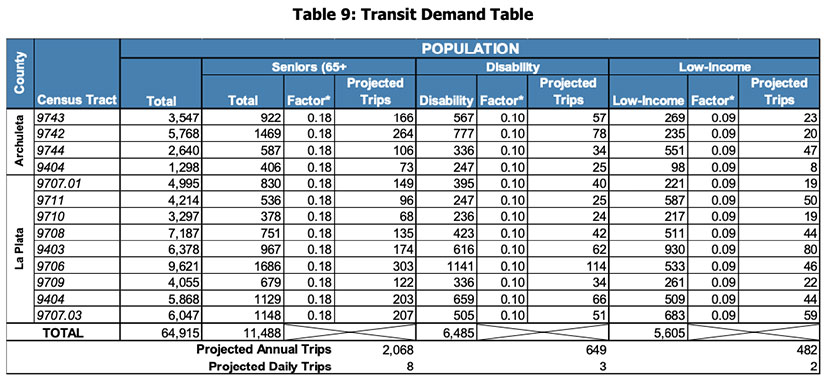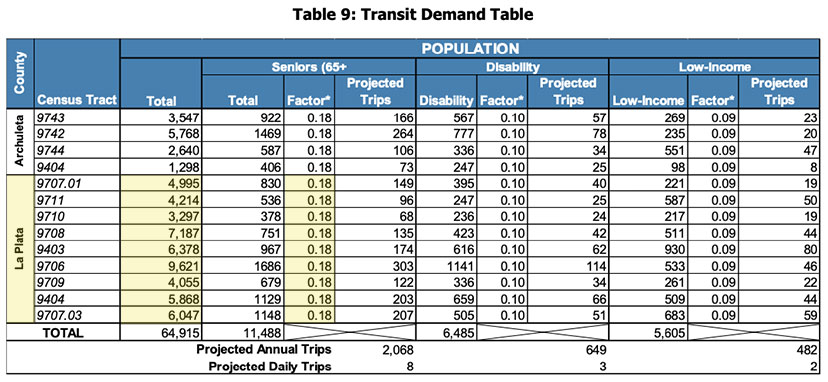One of the delightfully frustrating aspects of small-town living: almost no one here is an expert. We’re a bunch of amateurs.
Back in 1998, I started teaching myself how to create websites, and within a few months, I had several clients and a home-based business. I didn’t know very much about website design. Just enough to be dangerous. But I knew enough to satisfy my clients, who thankfully didn’t expect a whole lot.
The same situation played out when I began editing and publishing the Daily Post. Did I have any experience, training, or education that would prepare me to run an online news magazine? Not at all. Did I worry about my lack of experience? Not a bit.
I suspect that most of the successful (and unsuccessful) businesses in Pagosa Springs followed a similar development pattern. The business owner had a passion, and taught themselves what they didn’t already know, and the rest of us were happy to have that product or service available locally.
The same development process takes place in government as well, in a small town. It’s a rare situation when the person running a government office comes to the job fully trained. It’s a rare situation when our elected and appointed leaders actually know what they’re doing.
We appreciate “on-the-job training” in a small town. It’s how we operate.
Like I said, delightfully frustrating.
When I chatted with Archuleta County Transportation Coordinator Laura Vanoni on Monday afternoon, I learned that she had never before overseen a public transit system. Yes, she had plenty of experience with government operations of various types, but she had no direct experience running a transportation department.
Nevertheless, my sense is that the Mountain Express Transit system is not only holding its own, but in fact, is set to expand its services. Possibly to Durango?
And here I am, writing about “fixed-route transit” and “transit-dependent populations” as if I know something about the subject.
Well, I did read (quickly) through the 51-page Compass Transit Consulting study written by Michael Koch, which, as we note on page 29, proposes the expenditure of $3 million for expanding and improving the MET system…
The project team anticipates total MET capital outlay of just over $3 million through 2027, with over $600,000 coming from local match or other state or local sources. The table shows a basic FTA/local match mix of 80% federal to 20% local as this is the most common scenario. Actual local contributions could vary greatly depending on the type of funding or pilot programs that are funded.
We note that Michael Koch does not live in Pagosa Springs… and has never lived in Pagosa Springs, as far as I know.
Should we trust someone who doesn’t live here?
During my conversation with Ms. Vanoni (who is fairly new to town, I believe) I brought up one of the numerous charts that Mr. Koch included in his report. This chart illustrates (or so we are told) the number of people who will be likely to ride a public transit bus between Pagosa Springs and Durango, if one were available. Specifically, Mr. Koch is referring to “Seniors”, “Disabled” and “Low-income” residents — the folks that public transit typically serves. The folks who might justify a $3 million expansion project.
I told Ms. Vanoni that I was concerned about the accuracy of these estimates.
As was mentioned yesterday in Part Four, Mr. Koch asserts that a bus traveling to and from Durango, three times a day, five days a week, would serve up about “3,198” rides. I wondered where the number “3,198” had come from? It comes from this chart.
Mr. Koch believes 2,068 of the rides would be seniors, 649 rides would be folks with disabilities, and 482 rides would be low-income residents. I assume these proportions are pulled from studies of transit systems in other communities? (Perhaps, big cities?)
At the top of the chart, Mr. Koch showed the calculations for our four Archuleta County census tracts, by multiplying the existing population by “Factors”. The estimate is that “609” seniors, for example, would ride the Pagosa-Durango bus annually. That sounds, to me, like a reasonable number. (Admitting that I know almost nothing about transit operations.)
The nine rows at the bottom of the chart are people living in La Plata County, multiplied by the same “Factors”. Mr. Koch estimates that about 52,000 people living in La Plata County would have access to the bus route, and that a certain percentage would fall into the “transit dependent” populations, and some of those would also want to ride the Pagosa-Durango bus.
Mr. Koch estimates here that about “1,459” seniors from La Plata County would use a Pagosa-Durango bus, each year, using the same “Factor” to multiply the subject populations. More than twice as many transit-dependent folks traveling from Durango to Pagosa, as were headed in the opposite direction.
This is totally a mistake, right?
There are many reasons why seniors, disabled folks, and low-income residents want to travel from Pagosa to Durango, and would be delighted to have a bus available. Mercy Regional Medical Center, for one. Other medical specialists. A range of businesses and services that don’t exist in Pagosa.
There is almost no reason why a senior, disabled person, or low-income resident living in Durango would want to travel to Pagosa on a bus. Yes, tourists absolutely love Pagosa. But is there anything here, that isn’t available to a transit-dependent resident — closer at hand — in Durango? I don’t think so.
For some reason, however, Mr. Koch, in his demand estimates, used exactly the same “Factor” to calculate the ridership coming from La Plata County to Archuleta County. I suspect the reason is a lack of familiarity with the real world.
When I shared my concern with Ms. Vanoni on Monday, she said she could see my point, and said she would reach out to Mr. Koch to discuss the issue.
We don’t know if our County Commissioners — who might be helping to fund this “fixed-route” Pagosa-Durango project — are concerned about some inaccurate numbers in an out-of-town consultant’s transportation study.
I hope they are. But of course, we’re all amateurs here.




